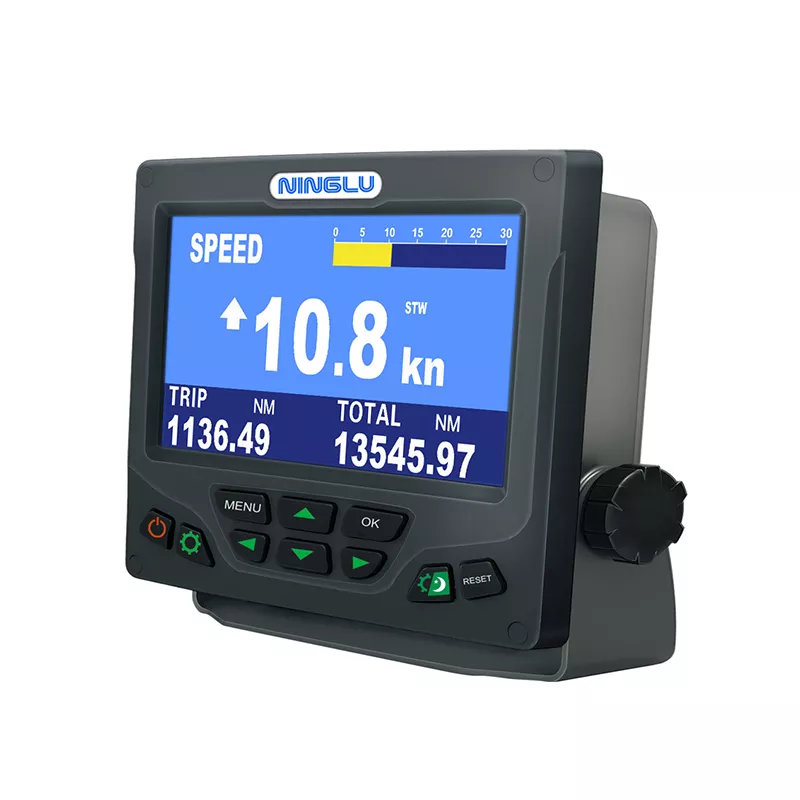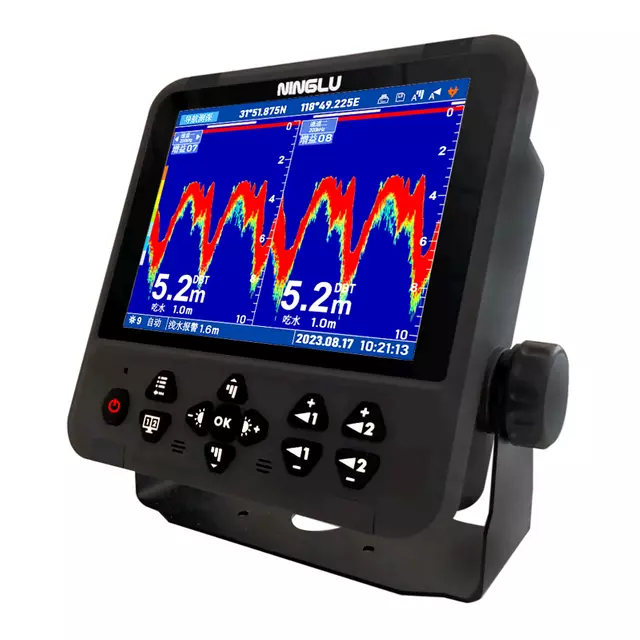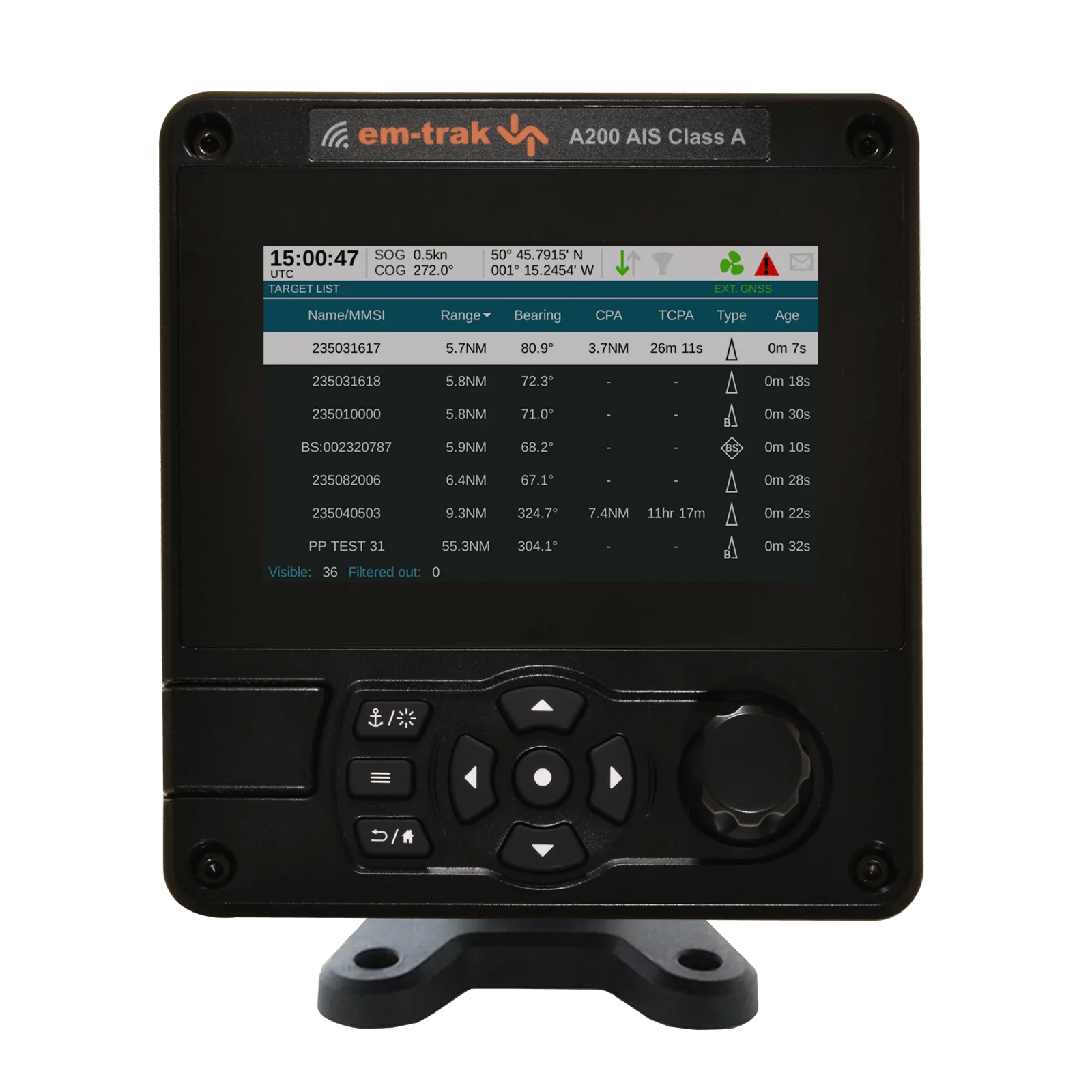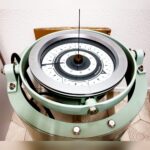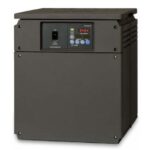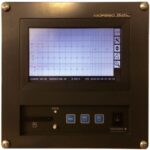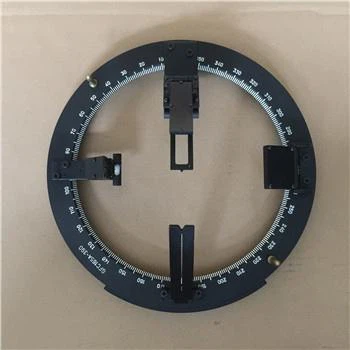Current Meters
Current meters are essential tools used in oceanography, hydrology, and environmental science to measure the flow of water in rivers, oceans, and other bodies of water. These devices help in studying water movement, which is crucial for navigation, research, and environmental monitoring.
Introduction to Current Meters
Current meters measure the velocity of water flow at a specific location. They come in various types, including mechanical, electromagnetic, and acoustic, each suited for different environments and measurement requirements. the dynamics of water flow is vital for a range of applications, from studying climate change to managing water resources.
Key Features of Current Meters
- Accurate Measurements: Provide precise data on water flow velocity and direction.
- Variety of Types: Include mechanical, electromagnetic, and acoustic meters for different uses.
- Environmental Monitoring: Essential for studying water bodies and their ecological impact.
- Navigation Support: Aid in safe and efficient navigation in rivers and coastal areas.
10 FAQs about Current Meters
| Question | Answer |
|---|---|
| What is a current meter? | A current meter is an instrument used to measure the speed and direction of water flow in oceans, rivers, and other water bodies. |
| How does a current meter work? | Current meters work by detecting the velocity of water passing through or past a sensor, which can be mechanical, electromagnetic, or acoustic, and converting this data into flow speed and direction. |
| What are the types of current meters? | The main types of current meters are mechanical (such as propeller meters), electromagnetic, and acoustic (such as Acoustic Doppler Current Profilers or ADCPs). |
| Where are current meters used? | Current meters are used in a variety of settings including oceans, rivers, lakes, and estuaries for research, navigation, and environmental monitoring. |
| What is the importance of current meters in navigation? | Current meters are important in navigation as they provide information on water currents, which helps in planning safe and efficient routes for ships and boats. |
| How do acoustic current meters work? | Acoustic current meters, like ADCPs, use sound waves to measure water velocity. They emit sound pulses and measure the Doppler shift of the returning echoes to calculate the speed and direction of water flow. |
| Can current meters measure flow in both directions? | Yes, current meters can measure both the speed and direction of water flow, providing a comprehensive picture of water movement. |
| What are the applications of current meter data? | Current meter data is used in environmental monitoring, climate research, water resource management, and to ensure safe navigation. |
| How is current meter data recorded? | Current meter data is typically recorded electronically and can be stored internally in the device or transmitted to a remote monitoring system for real-time analysis. |
| What is the difference between mechanical and acoustic current meters? | Mechanical current meters use moving parts like propellers to measure water flow, while acoustic current meters use sound waves and the Doppler effect to measure the velocity of water. |
Conclusion
Current meters are indispensable tools for and managing the dynamics of water flow in various environments. By providing accurate and real-time data on water velocity and direction, these instruments support a wide range of applications from environmental research to navigation safety. Their use ensures better management of water resources, aids in scientific research, and enhances navigational safety.


